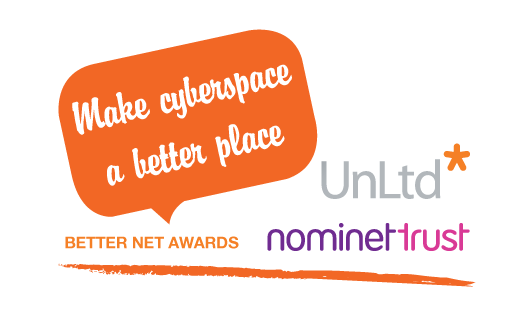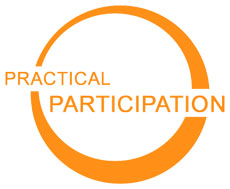 [Summary: New funding opportunity from Nominet Trust, shaped by messages from the Digital Technology and Youth Engagement exploration]
[Summary: New funding opportunity from Nominet Trust, shaped by messages from the Digital Technology and Youth Engagement exploration]
The Nominet Trust have just announced a new £2m funding challenge focussed on support for young people. Here is how they describe it:
Nominet Trust is launching a programme of social investment to address the challenges faced by young people in participating socially and economically with their communities. This call for applications aims to seek out new approaches to using digital technology that re-design ways of supporting young people. We’re looking to invest in partners and ideas that address the challenges we have identified, and look forward to working with you to do so
A number of the areas of interest in the challenge have been shaped through the Digital Technology and Youth Engagement exploration which David Wilcox, Alex Farrow and I have been working on for Nominet Trust over April and May: seeking out key messages on opportunities and approaches for digital technology to be used supporting young people’s economic and social engagement in communities. The four areas the challenge looks to address (headings are from Nominet, reflections are my own) are:
- Digging deeper into the problems and addressing the root causes– going beyond surface solutions to find new spaces for effective innovation. Our exploration highlighted the plural ‘causes’ is important: there is often not one root cause to be addressed, but a diversity of issues needing a diversity of approaches. Roots spread out underground, so as we dig we need to explore multiple pathways and many spaces for innovation.
- Exploring the changing landscape and the nature of engagement – Many of the models for youth engagement, or offering support to young adults, were developed in a pre-Internet era and haven’t really been updated, save from digitizing a few processes here and there. Looking at how digital technology has changed the context of young people’s lives (whilst many of the concerns of youth and young adulthood remain pretty consistent) can highlight opportunities for new forms of support and social and economic engagement for young people – not driven primarily by a desire to save money or streamline, but by an interest in making engagement more effective in an Internet age.
- Renegotiating professional practice – I’m really happy to see this element in the challenge, as it provides a great opportunity for practitioners in Youth Work, Community Development and other youth-supporting professions to put forward projects that start from their professional values, but consider how these can be applied in new contexts. In a recent digital youth work workshop in Helsinki with Verke, CFDP and YouthPart, we started to sketch out a shared understanding of Digital Youth Work that started to consider what a renegotiation of youth work practice could involve, drafting the description below:
The Internet is playing a powerful role in shaping the lives of young people today: as a source of information, as a social space, and as a key part of everyday life. Youth work is a process of engagement with young people, supporting young people to make positive choices and shape their own futures, and to actively participate in communities and societies. Digital youth work is values-led practice working with young people that takes account of the digital dimensions of young people’s lives. It might be delivered through digital tools, using online environments or mobile communication; it might blend together physical and digital communication and collaboration; or it might take place face-to-face, but aware of and addressing issues raised by the digital world.
The ethical values of digital youth work are rooted in voluntary engagement, empowering young people, and working from the interests, needs and concerns of young people. Digital youth work is necessarily a multi-professional field, involving a range of existing practitioners, and requiring us to develop new forms of practice and new roles. Digital youth work include specific online services (for example youth counseling delivered by professional adults), as well as facilitated peer-to-peer learning and engagement.
Digital youth work is a key part of supporting young people’s digital citizenship and securing the rights of everyone to participate fully in contemporary everyday life and its environments.
The renegotiating professional practice element of the Nominet Trust challenge invites proposals that “support different professions… [to] test out and learn new approaches for engaging with young people?”, and there is real potential here for some action learning in different professional fields to feed back into scaleable change in the way support and engagement opportunities for young people work.
- New forms of employment and reward – I like to think of this last element of the challenge as creating the space for some more radical rethinking of solutions to the current economic crisis. Although the challenge is a little narrower than the ‘Consider the livelihoods of the future’ message in the Provocation Paper (PDF), in getting beyond the idea that ‘economic engagement’ means getting into a full time job, and thinking about “ how we [prepare] young people to secure a decent living, and to be able to make positive choices about how they use their time, talents and resources”, there is hopefully space here for innovations that challenge a work-consumption treadmill, and explore with young people the social, as well as economic value, of work.
I’m looking forward to seeing the ideas and innovations that result from the challenge. The first deadline for Phase 1 proposals is 1st August, and support is available ranging from £2,500 up to over £250,000 for larger projects. So – head over to the Nominet Trust site to find out more and think about putting forward your project ideas…










 When I started out researching
When I started out researching